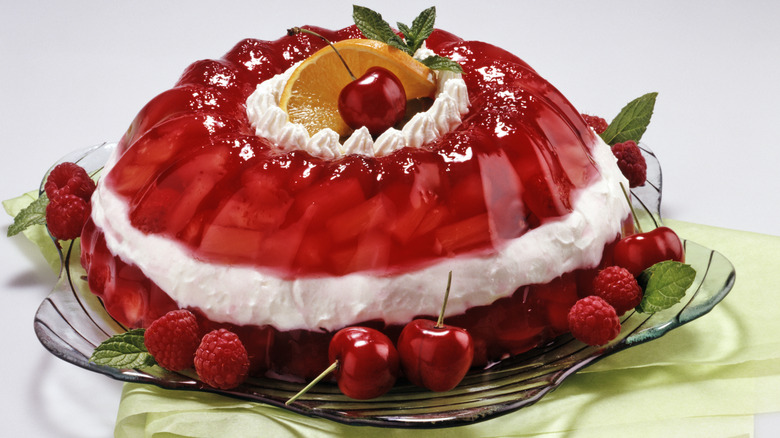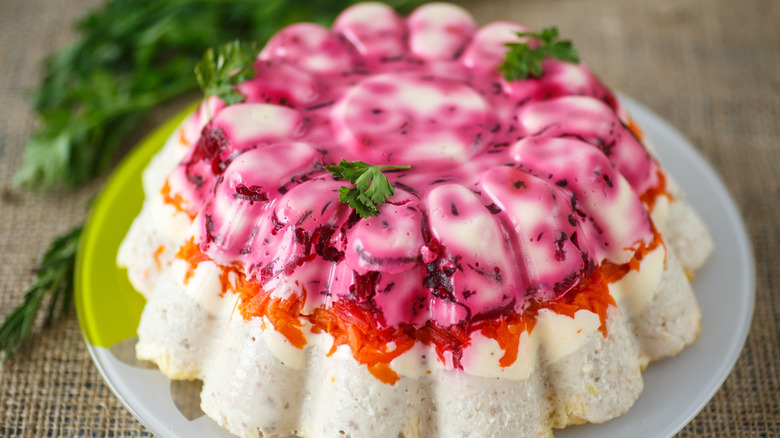Why Was Jell-O Salad So Popular In The 20th Century?
Jell-O salad was more than just a dish; it was a cultural phenomenon and the wiggly icon of American cuisine throughout the 20th century. With its colorful, wobbly aesthetic and endless customization options, it took center stage at dinner parties, potlucks, and holiday tables. From fruit-filled molds to savory versions featuring vegetables and mayonnaise (yes, really), Jell-O salad became a symbol of culinary creativity and convenience in a post-war America obsessed with innovation and modernity. It wasn't just a dessert or a side — it was a showpiece, a conversation starter, and, just maybe, an act of prefeminist vengeance.
Its popularity wasn't just about taste but also about the cultural context of the era. Homemakers prided themselves on their ability to transform a humble box of Jell-O into something that looked sophisticated and complicated. As mass marketing promoted gelatin desserts as elegant and versatile, Jell-O salads jiggled their way into the hearts — and stomachs — of America. For many, these shimmering creations encapsulate the essence of retro cuisine. To this day, Jell-O's enduring legacy is preserved in both nostalgic cravings and kitschy retro recipes.
The jiggly history of Jell-O salad
Jell-O salads' reign can be traced back to a perfect storm of industrialization, marketing brilliance, and social trends. As refrigeration became widely available in the early 20th century, gelatin-based dishes gained popularity due to their novelty and perceived sophistication. Jell-O, created in 1897, was marketed as a convenient and modern way to make impressive dishes without the hassle of traditional and time-consuming gelatin preparation. By the 1930s and 1940s, Jell-O salads had become a staple, especially for homemakers looking to showcase their culinary skills while still adhering to tight budgets during the Great Depression and wartime rationing. As perishable food can be preserved in gelatin, Jell-O salad was a convenient way to stretch limited pantry supplies.
Post-World War II America brought prosperity, and with it, a boom in convenience foods. Jell-O capitalized on the trend, releasing cookbooks filled with recipes for molded salads that often included canned fruit, vegetables, or even seafood — cue the infamous shrimp Jell-O salad. Advertisements hailed Jell-O salads as a way to blend elegance with efficiency, making them a popular choice for everything from weekday dinners to festive gatherings. The rise of the "domestic goddess" archetype in this era also contributed to its popularity, as women were encouraged to experiment in the kitchen.
As culinary trends shifted in the late 20th century, the gelatin mold faded from favor, but its legacy remains, cherished by lovers of culinary nostalgia. Whether you love it or cringe at the thought, it's impossible to deny the cultural impact of this iconic dish. Even now, Jell-O salads continue to spark debates about taste, tradition, and the role of food in shaping societal norms.

